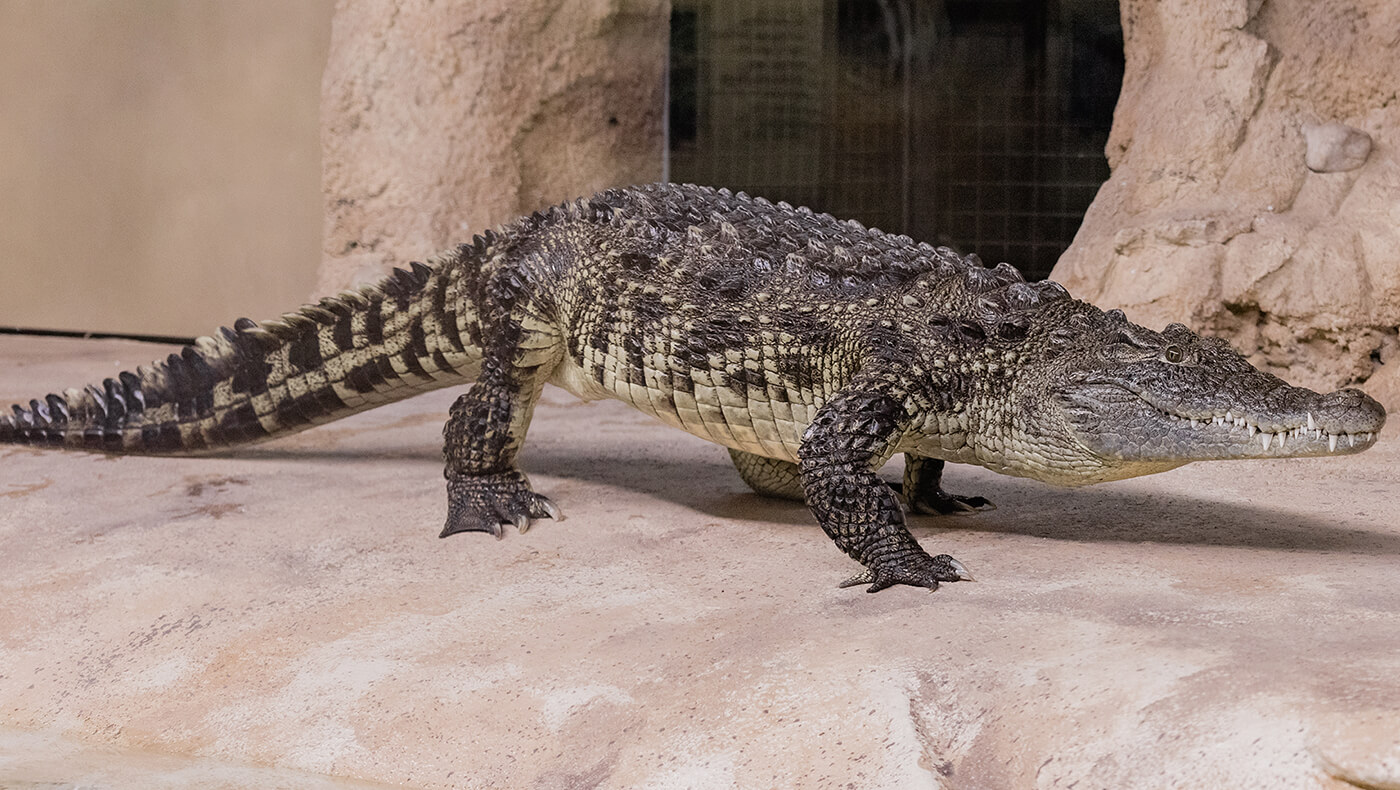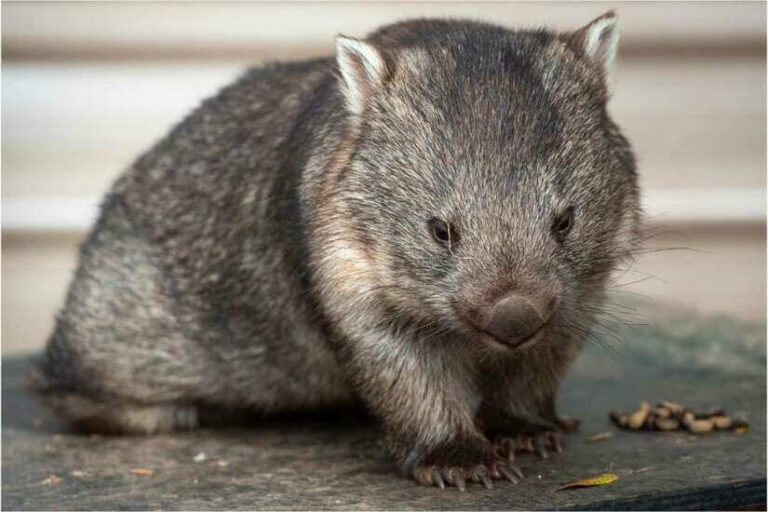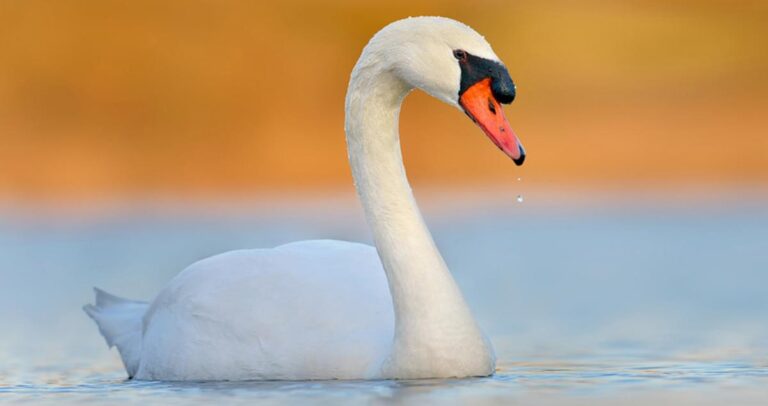Nile Crocodile: Facts, Habitat, Behavior, and Conservation
The Nile Crocodile (Crocodylus niloticus) is a formidable predator and one of Africa’s most iconic reptiles. As one of the largest crocodilian species, it is renowned for its immense size, powerful bite, and remarkable hunting skills. Native to sub-Saharan Africa, these crocodiles inhabit various freshwater environments, including rivers, lakes, and swamps, playing a crucial role as apex predators in their ecosystems. With an evolutionary history dating back millions of years, the Nile Crocodile is a symbol of strength and a fascinating subject of study for its survival tactics, behavior, and interaction with human cultures over centuries.
Contents
Scientific Classification
- Kingdom: Animalia
- Phylum: Chordata
- Class: Reptilia
- Order: Crocodylia
- Family: Crocodylidae
- Genus: Crocodylus
- Species: Crocodylus niloticus
The Nile Crocodile (Crocodylus niloticus) is one of the largest crocodilian species, native to sub-Saharan Africa. Known for its fierce hunting abilities and territorial nature, it plays a critical role in its ecosystem.
Physical Characteristics

Nile Crocodiles are known for their massive size and powerful build:
- Size: Adult males can reach lengths of up to 20 feet (6 meters) and weigh over 1,500 pounds (680 kg). Females are typically smaller.
- Coloration: They have rough, scaly skin, dark olive or greyish-brown on top, with a paler yellowish underbelly.
- Teeth: With around 64-68 sharp teeth, Nile Crocodiles are equipped to tear through flesh. They can replace their teeth throughout their lives.
- Eyes and Nose: Their eyes and nostrils are on the top of their head, allowing them to stay mostly submerged while stalking prey.
Habitat
The Nile Crocodile is primarily found in freshwater habitats, including:
- Rivers, lakes, marshlands, and swamps across sub-Saharan Africa.
- They are also present in artificial water bodies such as dams.
- Some populations have adapted to brackish or saltwater environments, though this is rare.
Behavior

Nile Crocodiles are semi-aquatic, exhibiting a range of behaviors suited to both water and land environments:
- Territorial: Males are highly territorial, especially during the breeding season.
- Basking: They spend much of the day on riverbanks, absorbing heat from the sun.
- Nocturnal Hunting: They are primarily nocturnal hunters, awaiting unsuspecting prey at the water’s edge.
- Communication: Vocalizations, body postures, and splashing are ways they communicate, especially during breeding.
Diet
Nile Crocodiles are apex predators, consuming a wide variety of prey:
- Juveniles: Feed on small fish, insects, frogs, and crustaceans.
- Adults: Larger crocodiles hunt bigger prey, such as antelope, zebras, buffalo, and other crocodiles. They are opportunistic and capable of taking down large mammals that come to the water to drink.
- Feeding Method: Their hunting technique involves ambush tactics. Once a prey item is captured, they perform a “death roll” to tear chunks of meat for consumption.
Reproduction
- Breeding Season: Typically coincides with the end of the dry season.
- Mating Rituals: Males attract females through vocalizations and displays of dominance.
- Nesting: Females build nests on riverbanks, laying 25 to 80 eggs. The incubation period is about 90 days.
- Parental Care: The mother fiercely guards the nest and helps hatchlings reach the water after birth. However, only a small percentage of young crocodiles survive to adulthood due to predation and environmental factors.
Predators
While adult Nile Crocodiles have few natural predators due to their size and strength, hatchlings and juveniles are vulnerable to:
- Birds of prey, monitor lizards, and large fish.
- Humans are a significant threat due to hunting and habitat destruction.
Conservation Status
The Nile Crocodile is listed as Least Concern by the International Union for Conservation of Nature (IUCN), thanks to their wide distribution and stable populations. However, local populations face threats due to:
- Habitat loss from agricultural expansion and urbanization.
- Poaching for their skins, which are valuable in the leather trade.
Interesting Facts
- Longevity: Nile Crocodiles can live for up to 70-100 years in the wild.
- Powerful Bite: Their bite force is among the strongest of any animal, capable of crushing bone.
- Temperature-dependent Sex Determination: The temperature of the nest determines the sex of the offspring—warmer nests produce males, while cooler ones produce females.
Evolutionary History
Nile Crocodiles are part of an ancient lineage that dates back over 200 million years. Their ancestors coexisted with dinosaurs, and their basic anatomy has remained relatively unchanged due to its evolutionary success as a top predator.
Relationship with Humans
- Cultural Significance: Nile Crocodiles have been revered and feared by humans for thousands of years. In ancient Egypt, they were associated with the god Sobek, a symbol of strength and fertility.
- Conflicts: While attacks on humans are rare, they occur, especially in areas where human activity overlaps with crocodile habitats, such as fishing or farming near riverbanks.
- Conservation Efforts: Some regions have implemented protections for Nile Crocodiles, recognizing their ecological importance. Sustainable agriculture and habitat preservation projects are helping reduce human-crocodile conflicts.
Conclusion
The Nile Crocodile is a remarkable species with a long history of survival. As apex predators, they play a crucial role in maintaining the balance of their ecosystems. While their populations are generally stable, ongoing conservation efforts are needed to ensure their future in a rapidly changing world. With their fascinating behaviors and ancient lineage, Nile Crocodiles continue to captivate humans, both as symbols of nature’s power and as a reminder of the complex relationships between species and their environments.
- Golden Retriever Pros and Cons: What Every Pet Parent Should Know - 15 September 2025
- Cane Corso Dog Breed: Health, Care, and Lifespan - 14 September 2025
- Catahoula Leopard Dogs: Description, Temperament, Lifespan, & Facts - 21 July 2025







